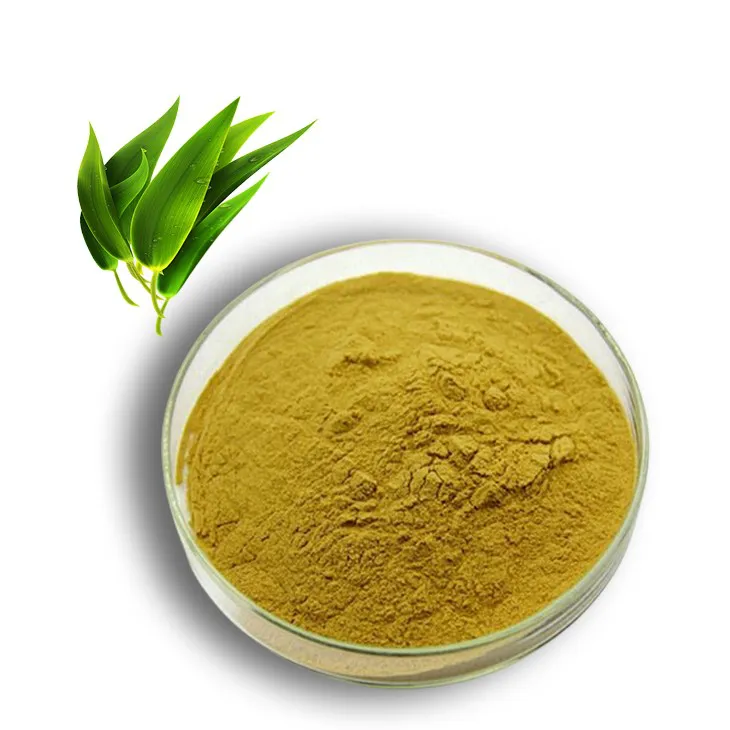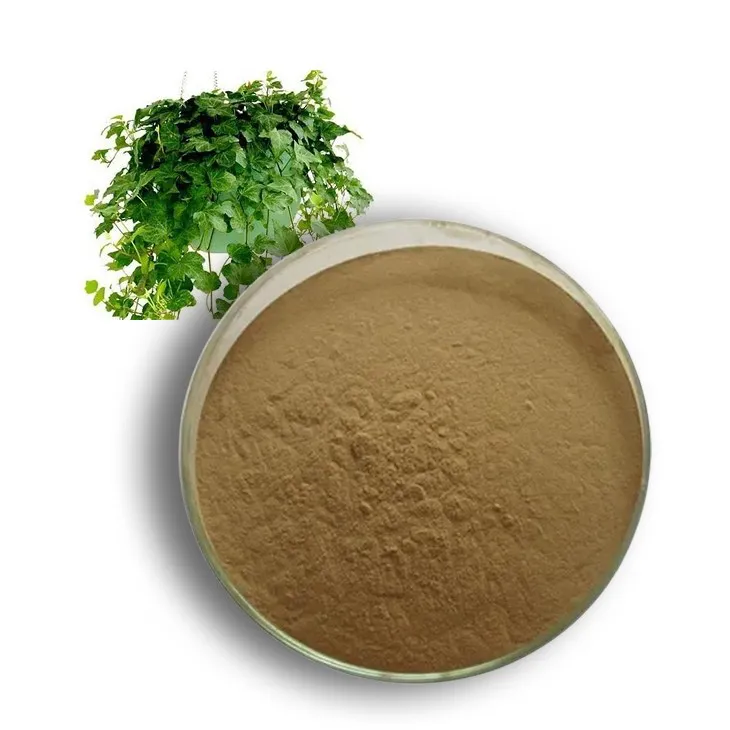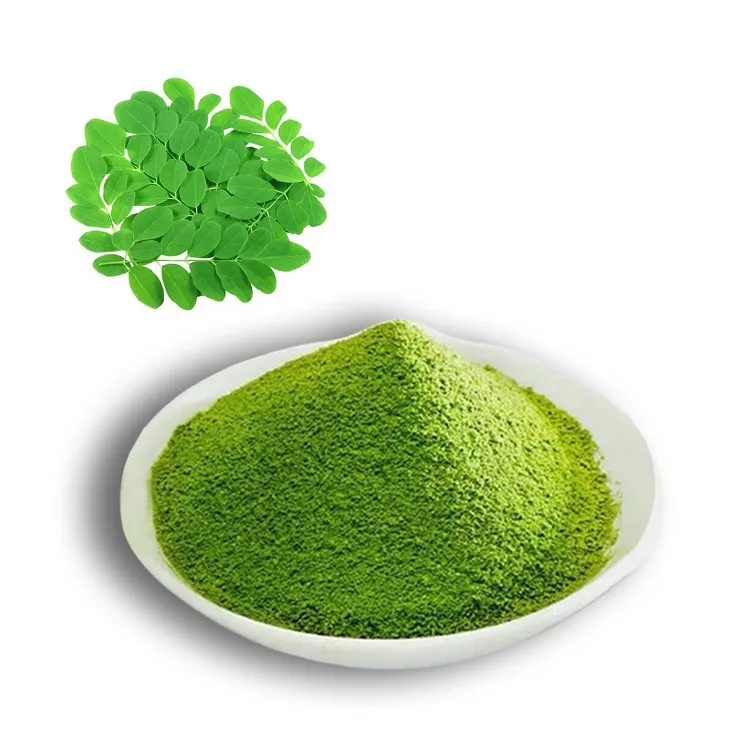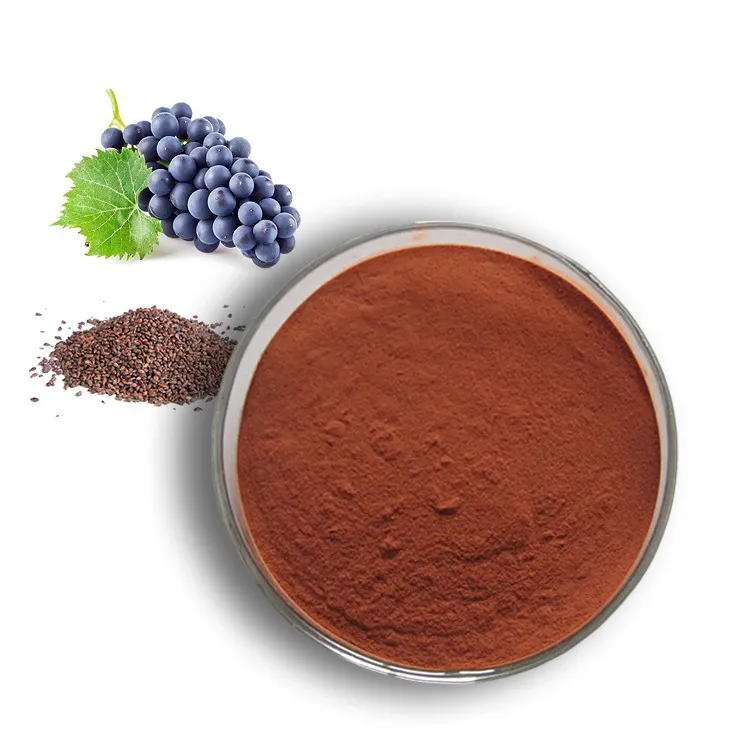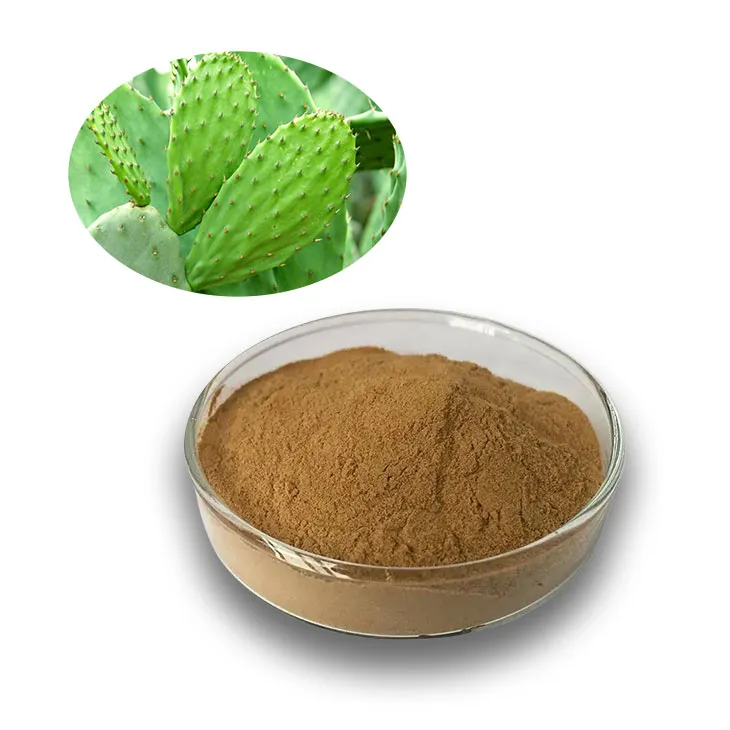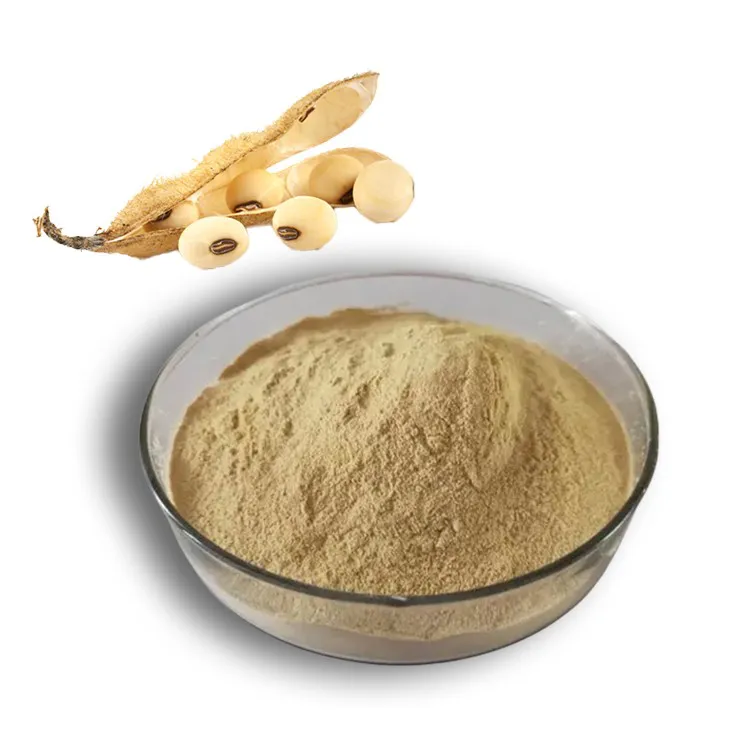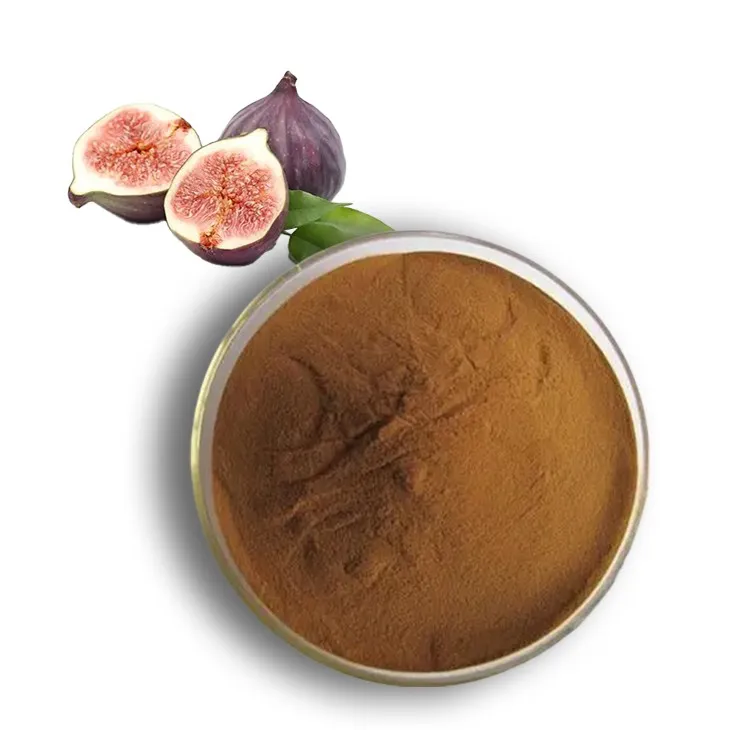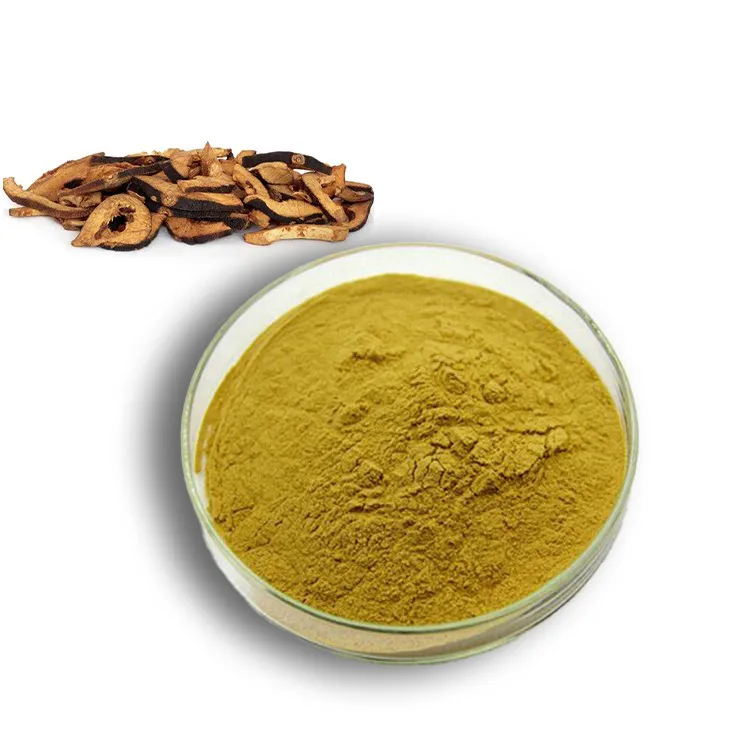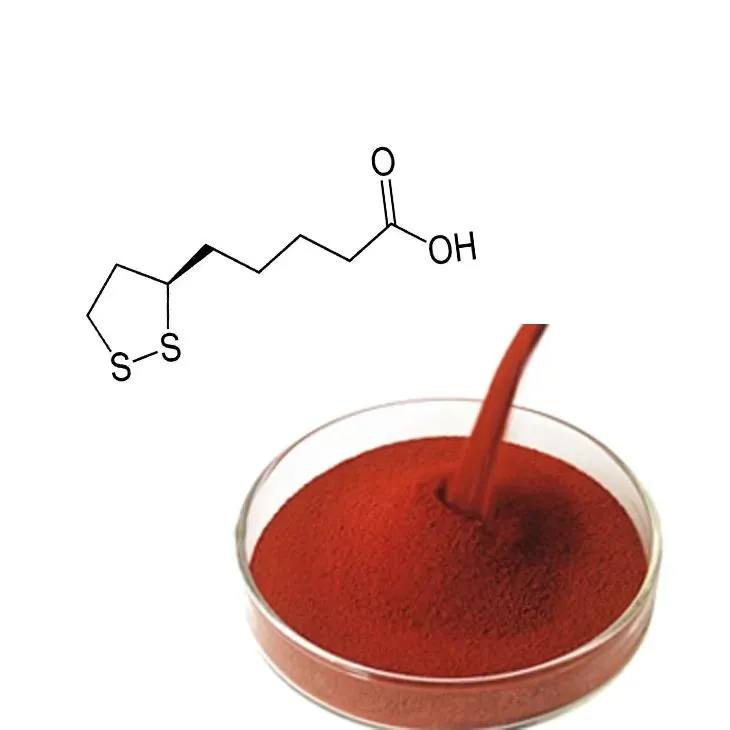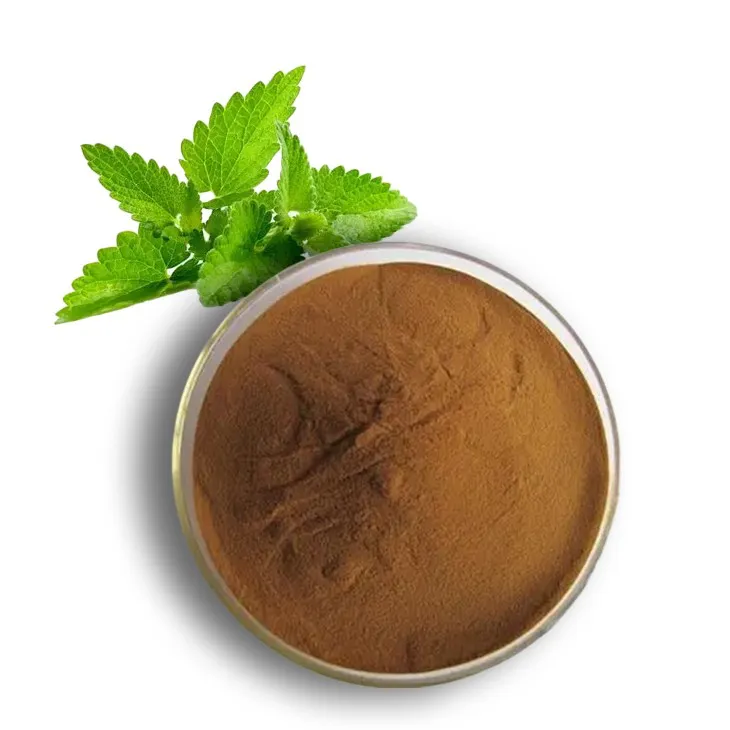- 0086-571-85302990
- sales@greenskybio.com
Methylene Blue: Versatile Compound Enhances Modern Pharmaceutical Compounding
2025-06-06
Methylene blue, a compound with a storied background in both medical and industrial applications, is experiencing a renaissance in pharmaceutical compounding due to its distinct therapeutic properties. As a redox agent, antimicrobial, and a potential neuroprotective medication, methylene blue is establishing itself as a valuable tool for personalized medicine.
Experts underline the importance of careful preparation and strict safety protocols when working with methylene blue to maximize its benefits while minimizing risk. Before compounding, preparation of the workspace is a priority. Lining the work surface with spill mats or low-lint disposable towels in the compounding hood helps manage accidental spills and maintains a controlled, hygienic environment. Working slowly and steadily further reduces errors and cross-contamination.
It is also crucial to ensure that the containment ventilated enclosure is properly certified and functioning within the recommended airflow parameters. If powders or weighing papers are excessively drawn toward the back of the hood, it could indicate an imbalance. Adjusting the airflow to the lower end of the specified range can correct this, preventing loss of material and staining of equipment.
For topical medications, using an electronic mortar and pestle with single-use disposable mixing blades is recommended. These blades, available in several sizes, allow for efficient and precise mixing while avoiding cross-contamination. After use, they can be quickly removed and discarded, streamlining the compounding process.
When making powder formulations, a glass mortar and pestle is the equipment of choice for methylene blue. Glass is less porous and much easier to clean than ceramic or plastic, both of which can be permanently stained by the dye.
A Clean Finish: The Importance of Post-Compounding Procedures
The cleaning process following compounding is as vital as the preparation stage. All tools and equipment should be rinsed immediately with isopropyl alcohol and then cleaned with an EPA-registered cleaning agent to maintain hygiene and prevent staining. Capsule machine plates, in particular, require special attention. By submerging them in a 70 percent isopropyl alcohol solution for at least three minutes and gently agitating them, thorough cleaning can be ensured. If necessary, this process can be repeated to eliminate persistent dye residues.
Methylene blue’s versatility extends beyond powder capsules, allowing for creative approaches such as oil-based capsules and suspensions. These alternatives not only simplify dosing but also reduce the mess and potential for staining associated with powder formulations. Oil-filled capsules, in particular, offer a tidier method for delivering medication while maintaining therapeutic effectiveness.
A Compound with Significant Potential
Methylene blue’s therapeutic benefits are wide-ranging. Its antimicrobial properties make it a useful tool for fighting infections, and its redox effects support mitochondrial function, making it promising for the treatment of neurodegenerative conditions. By crafting tailored formulations that incorporate methylene blue, compounding pharmacists can offer customized solutions that address specific patient needs.
In summary, methylene blue is solidifying its position in pharmaceutical compounding as a dynamic and essential component. Through careful preparation, precise formulation techniques, and innovative applications, compounding professionals are unlocking the full therapeutic potential of methylene blue, making it an indispensable ingredient in the advancement of personalized medicine.
- ▶ Hesperidin
- ▶ citrus bioflavonoids
- ▶ plant extract
- ▶ lycopene
- ▶ Diosmin
- ▶ Grape seed extract
- ▶ Sea buckthorn Juice Powder
- ▶ Beetroot powder
- ▶ Hops Extract
- ▶ Artichoke Extract
- ▶ Reishi mushroom extract
- ▶ Astaxanthin
- ▶ Green Tea Extract
- ▶ Curcumin Extract
- ▶ Horse Chestnut Extract
- ▶ Other Problems
- ▶ Boswellia Serrata Extract
- ▶ Resveratrol Extract
- ▶ Marigold Extract
- ▶ Grape Leaf Extract
- ▶ blog3
- ▶ Aminolevulinic acid
- ▶ Cranberry Extract
- ▶ Red Yeast Rice
- ▶ Red Wine Extract
-
Bamboo Leaf extract
2025-06-06
-
Ivy Extract
2025-06-06
-
Moringa powder
2025-06-06
-
Natural grape seed extract
2025-06-06
-
Cactus Extract
2025-06-06
-
Soy Extract
2025-06-06
-
Fig Extract
2025-06-06
-
Citrus Aurantium Extract
2025-06-06
-
Astaxanthin
2025-06-06
-
Peppermint Extract Powder
2025-06-06











